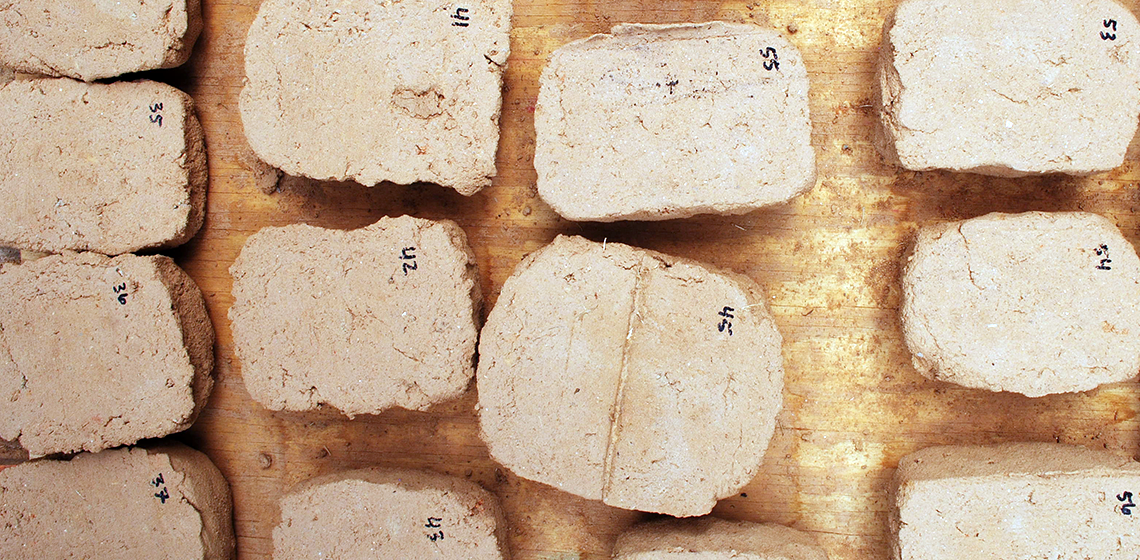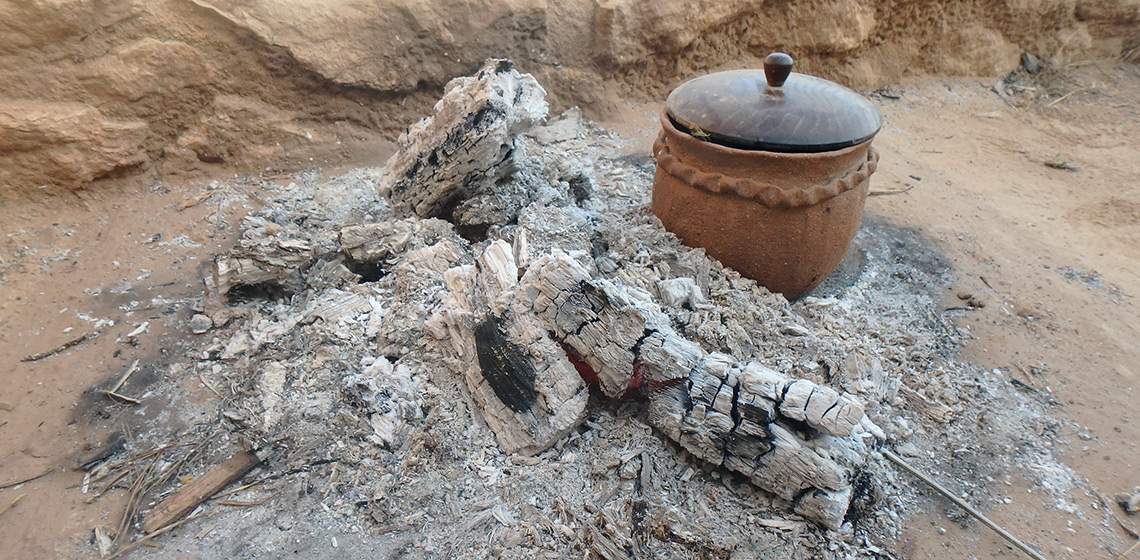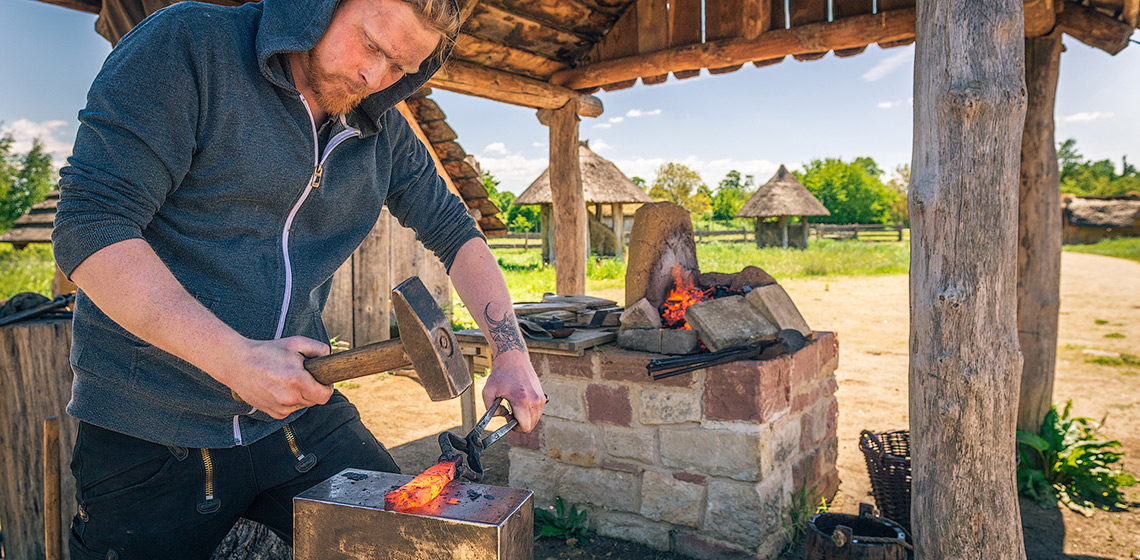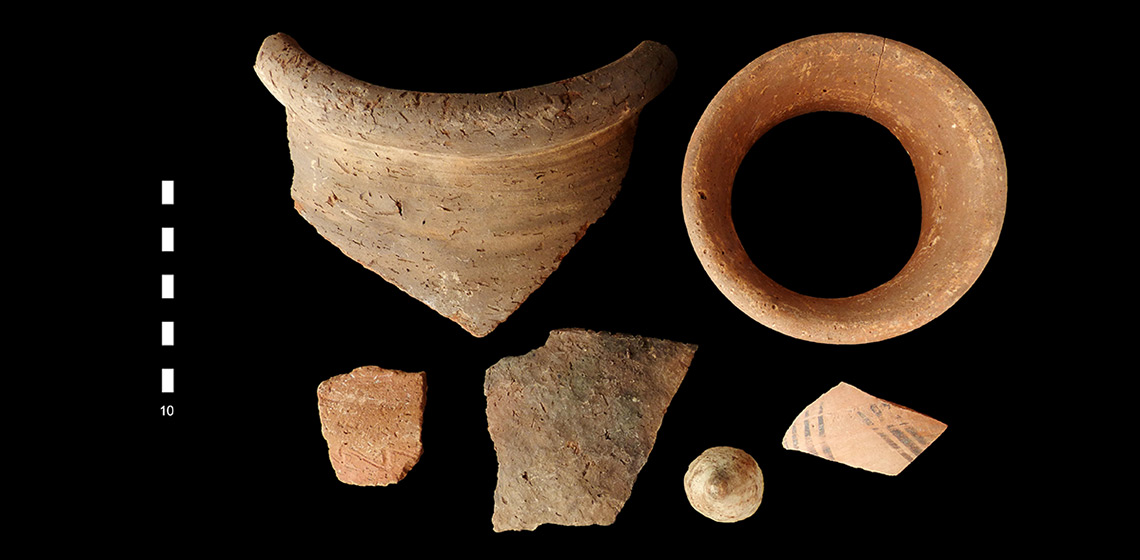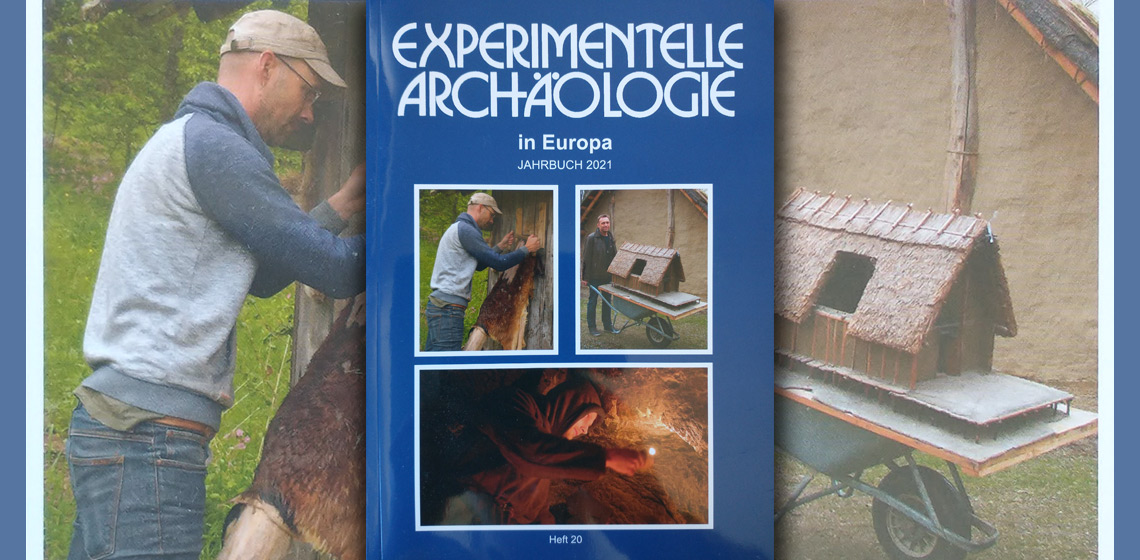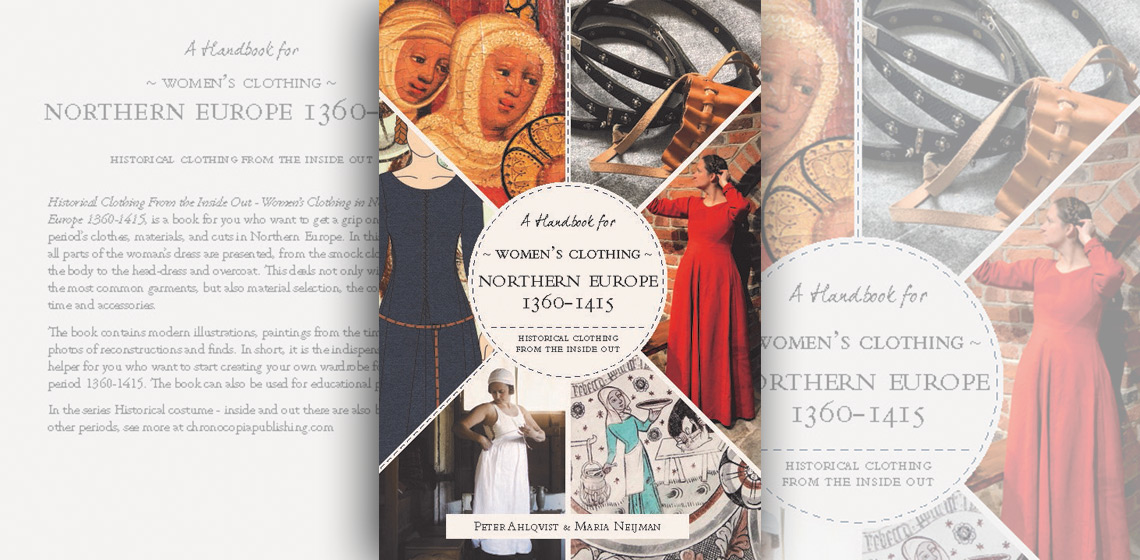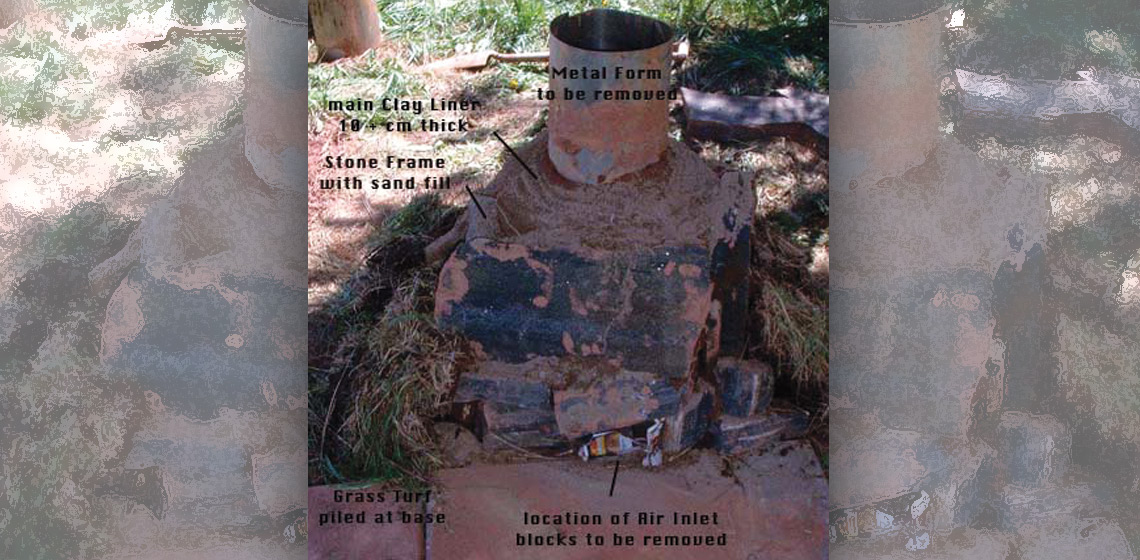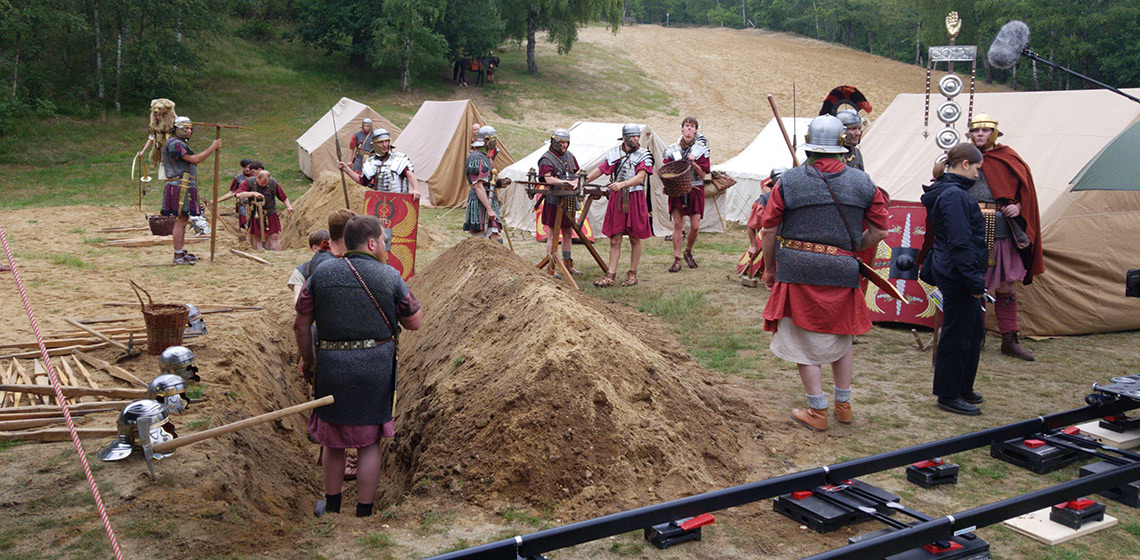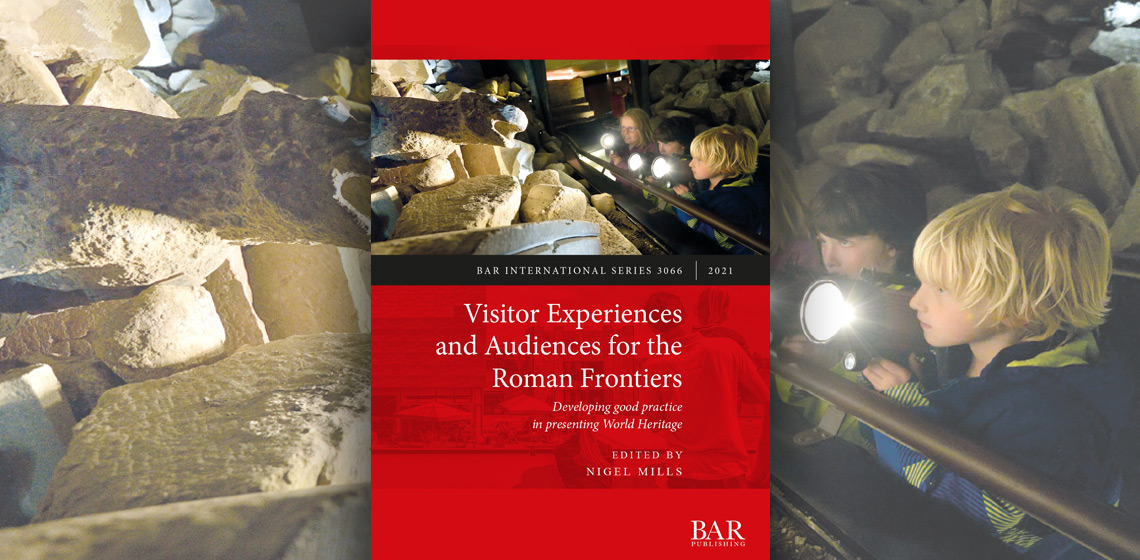
© EXARC, 2022; ISSN: 2212-8956;
Publishing date: July 8, 2022;
PDF: EXARC Journal 2022/02 Table of Contents
The EXARC Journal consists of Reviewed articles and unreviewed Mixed Matters contributions. As a Service to all our Interested Readers, the Full EXARC Journal is Open Access. Please consider supporting EXARC with a donation (PayPal) or Become an EXARC Member.

Listen in to the episode of "EXARC Extracts", where we provide you with a short summary of the articles in the latest issue of the EXARC Journal. Matilda Siebrecht summarises the reviewed articles from the 2022/2 issue of the EXARC Journal. It includes four reviewed articles as well as nine unreviewed mixed matter articles.

